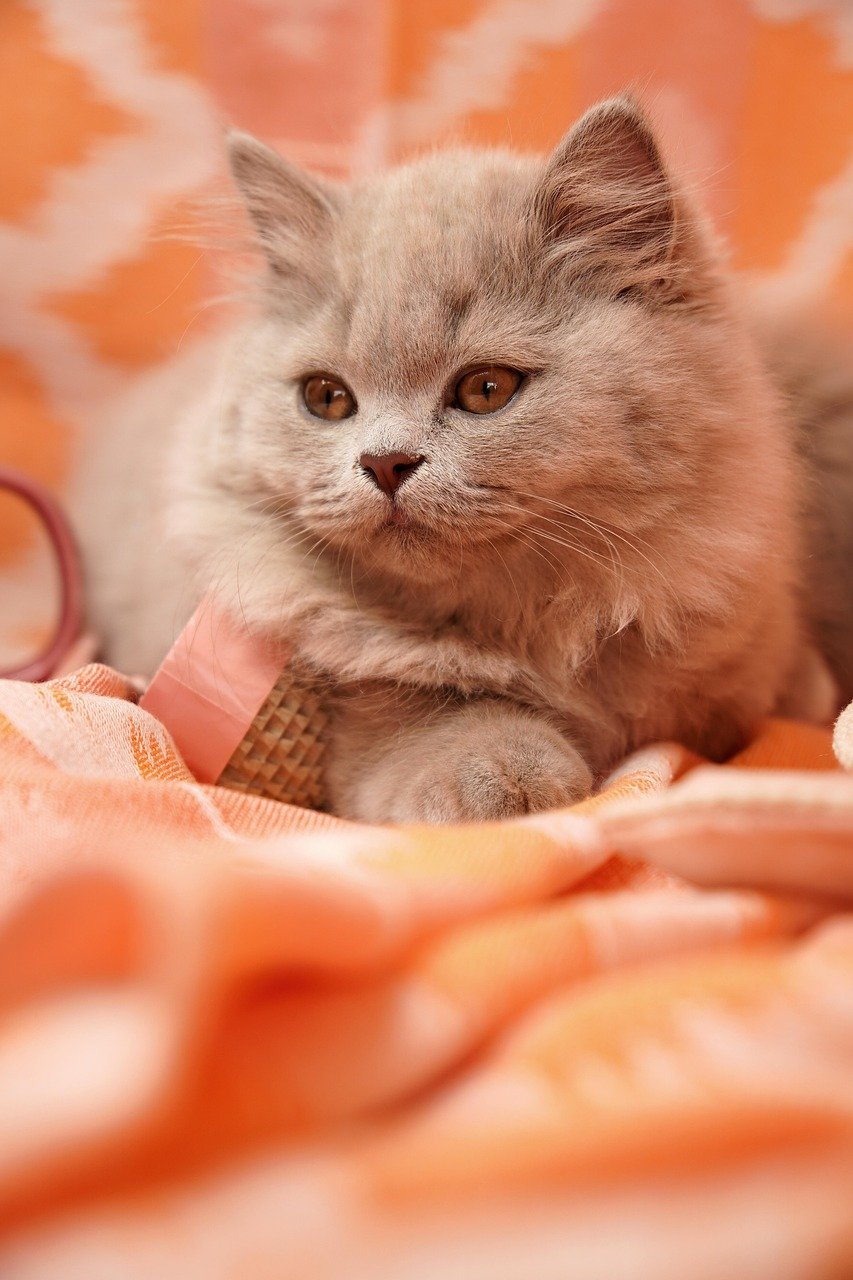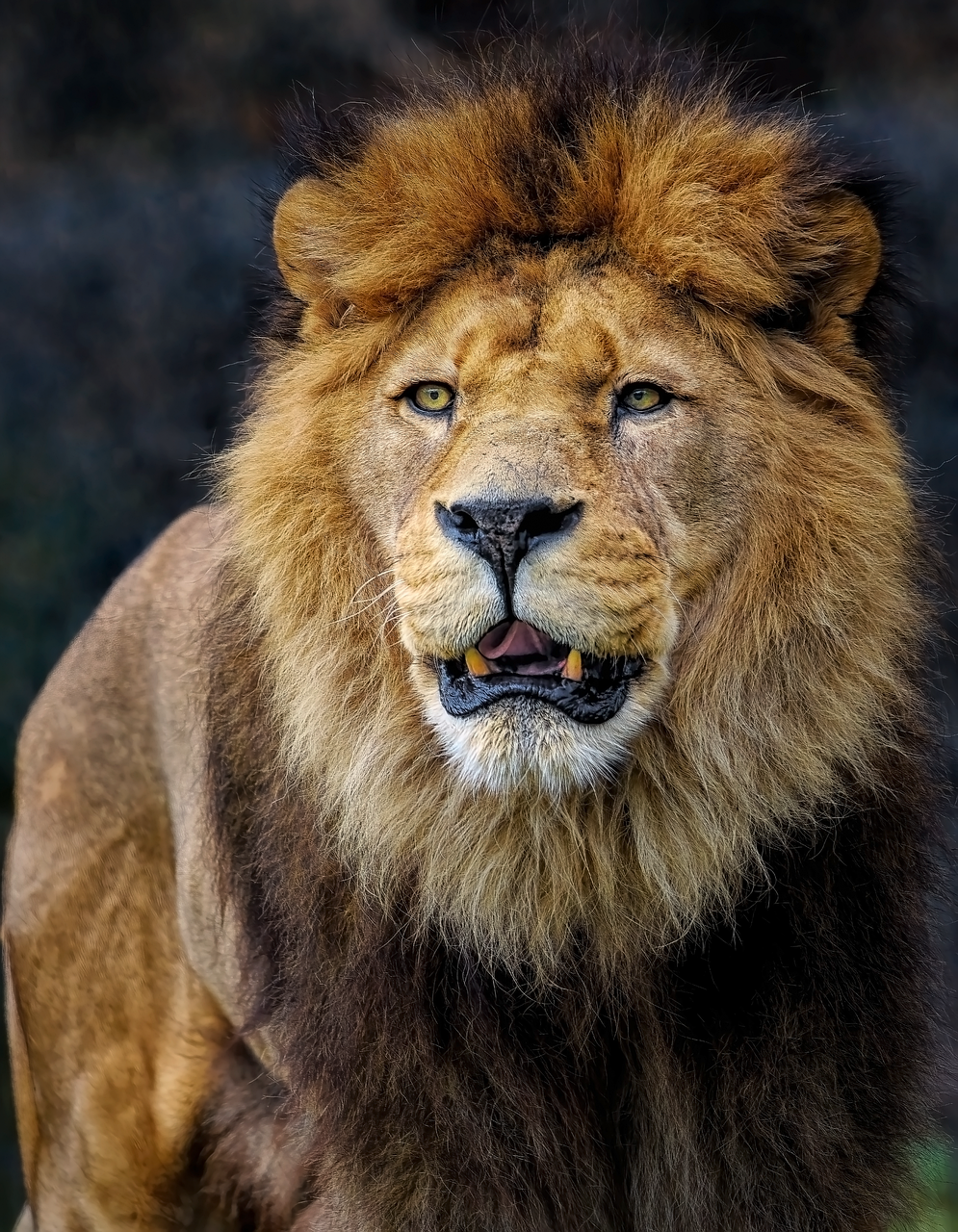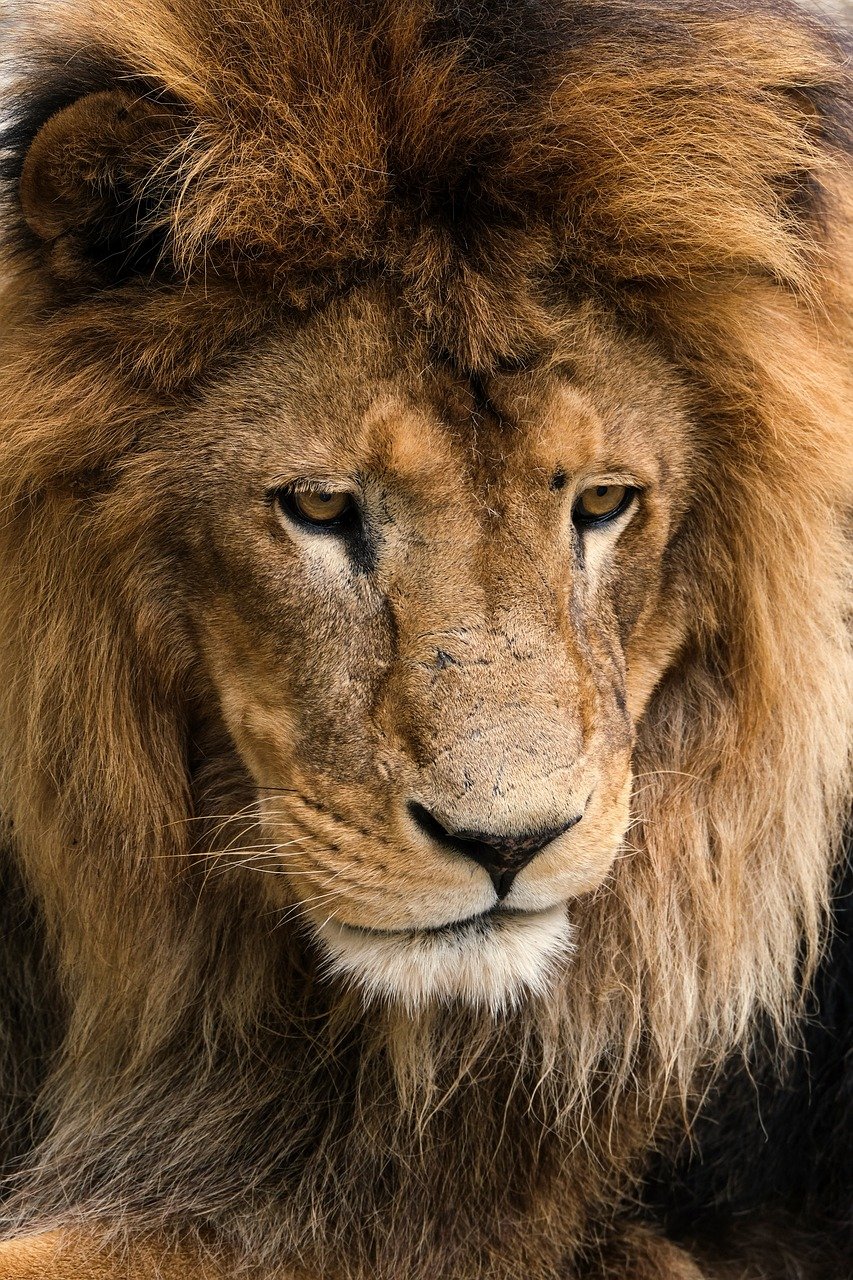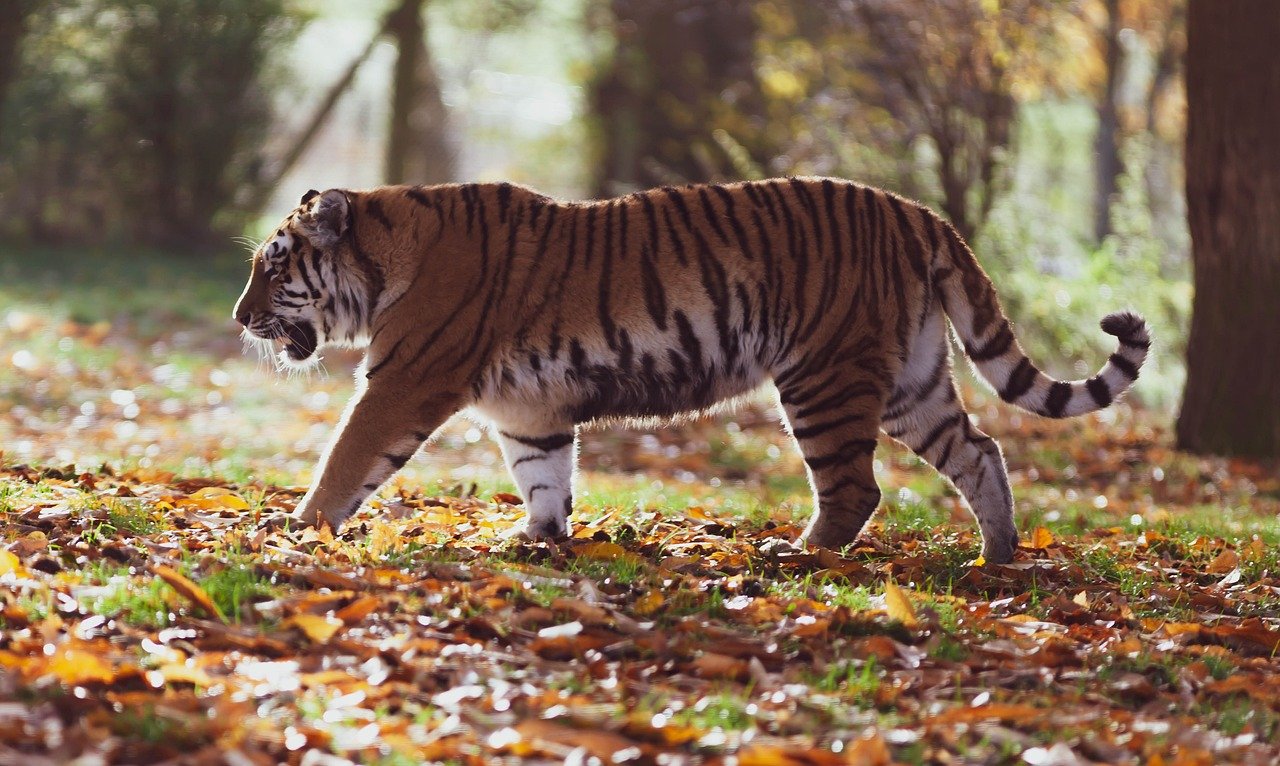The Saber-Toothed Giant: Smilodon populator

Imagine a cat so massive it could take down a mammoth with its bare teeth. Smilodon populator, the largest saber-toothed cat ever discovered, weighed up to 880 pounds – nearly double the weight of modern tigers. These prehistoric predators roamed South America around 2.5 million years ago, using their iconic 7-inch canine teeth like deadly daggers.
What makes this ancient beast even more terrifying is its muscular build. Unlike today’s sleek cats, Smilodon had the body of a heavyweight boxer – short, stocky, and incredibly powerful. Scientists believe these cats hunted in groups, much like lions, making them the ultimate prehistoric killing machines.
The American Lion: Panthera atrox

Picture a lion that could stand eye-to-eye with a horse. Panthera atrox, known as the American lion, was 25% larger than modern African lions and prowled across North America until about 11,000 years ago. These magnificent beasts stretched up to 8 feet long and weighed as much as 790 pounds.
Unlike their African cousins, American lions lived in a world of giant ground sloths and massive bison. Their hunting grounds included the La Brea Tar Pits, where thousands of their bones have been preserved. These cats were built for power, not speed, making them perfect for bringing down megafauna.
The Cave Lion: Panthera spelaea

European cave lions were the stuff of nightmares for early humans. Standing 4 feet tall at the shoulder and weighing up to 700 pounds, these cats were about 10% larger than modern lions. They dominated Europe and Asia for over 300,000 years, leaving behind cave paintings that show just how much our ancestors feared them.
What’s fascinating is that these lions actually lived alongside early humans in caves. Archaeological evidence suggests that humans and cave lions competed for the same shelters, leading to some pretty intense prehistoric real estate battles. Their massive paw prints have been found preserved in cave floors across Europe.
The Scimitar Cat: Homotherium serum

Meet the prehistoric cat that looked like it was designed by a mad scientist. Homotherium serum had shorter saber teeth than Smilodon but made up for it with incredible speed and agility. These cats weighed up to 440 pounds and had unusually long front legs that gave them a distinctive sloping back.
These “scimitar cats” were the marathon runners of the prehistoric world. They could chase down prey across vast distances, using their curved teeth to slash rather than stab. Fossil evidence shows they successfully hunted young mammoths, proving that size isn’t everything in the prehistoric cat world.
The Giant Jaguar: Panthera onca augusta

Modern jaguars are impressive, but their prehistoric ancestor was absolutely massive. Panthera onca augusta was nearly twice the size of today’s jaguars, weighing up to 463 pounds. These super-sized cats ruled North America during the Pleistocene epoch, from Alaska to Mexico.
What made these giant jaguars special was their incredible bite force – even stronger than their modern descendants. They could crush turtle shells and caiman skulls with ease. Unlike today’s jaguars that stick to rainforests, these giants adapted to diverse environments from grasslands to woodlands.
The Eurasian Cave Lion: Panthera leo spelaea

The Eurasian cave lion was so large that early humans created detailed cave paintings depicting their encounters with these massive predators. Weighing up to 660 pounds, these cats were significantly bigger than any lion alive today. They roamed from Europe to Siberia, adapting to ice age conditions that would challenge any modern big cat.
These lions had to be tough to survive the harsh ice age climate. Their thick fur and robust build helped them hunt woolly rhinoceros and cave bears. Remarkably, some cave lion cubs have been found perfectly preserved in Siberian permafrost, giving us incredible insights into their lives.
The Xenosmilus: The Cookie-Cutter Cat

Xenosmilus hodsonae earned the nickname “cookie-cutter cat” for its unique hunting style. This 400-pound predator had blade-like teeth that could slice through flesh like a hot knife through butter. Living in Florida about 1.8 million years ago, these cats were built for precision killing.
What sets Xenosmilus apart is how it killed its prey. Instead of the typical throat bite, these cats used their sharp teeth to cut major blood vessels, causing rapid blood loss. Their compact, muscular build made them perfect ambush predators in the dense forests of prehistoric Florida.
The Dinofelis: The False Saber-Tooth

Dinofelis may not have had the massive saber teeth of its cousins, but don’t let that fool you – this 220-pound cat was a formidable predator. Known as the “false saber-tooth,” Dinofelis had moderately long canine teeth and incredibly powerful jaw muscles. These cats lived across Africa, Asia, and North America for over 4 million years.
What made Dinofelis truly remarkable was its versatility. These cats could climb trees like leopards, hunt in open grasslands like lions, and even tackle prey much larger than themselves. Some scientists believe they might have been one of the first cats to regularly hunt early human ancestors, making them a crucial part of our evolutionary story.
Conclusion: When Giants Ruled the Earth

These prehistoric giants remind us that our planet was once home to cats so massive they could dwarf today’s largest tigers. From the bone-crushing bite of Smilodon to the lightning-fast strikes of Homotherium, each species had its own unique approach to survival. Their extinction marks the end of an era when megafauna ruled the earth and cats were truly the kings of the prehistoric world.
Looking at these ancient predators makes you wonder what it would be like to encounter one in person. While we’ll never get that chance, their fossilized remains continue to inspire awe and respect for the incredible diversity of life that once roamed our planet. Which of these prehistoric giants would you be most curious to see in action?
Hi, I’m Bola, a passionate writer and creative strategist with a knack for crafting compelling content that educates, inspires, and connects. Over the years, I’ve honed my skills across various writing fields, including content creation, copywriting, online course development, and video scriptwriting.
When I’m not at my desk, you’ll find me exploring new ideas, reading books, or brainstorming creative ways to solve challenges. I believe that words have the power to transform, and I’m here to help you leverage that power for success.
Thanks for stopping by, Keep coming to this website to checkout new articles form me. You’d always love it!






